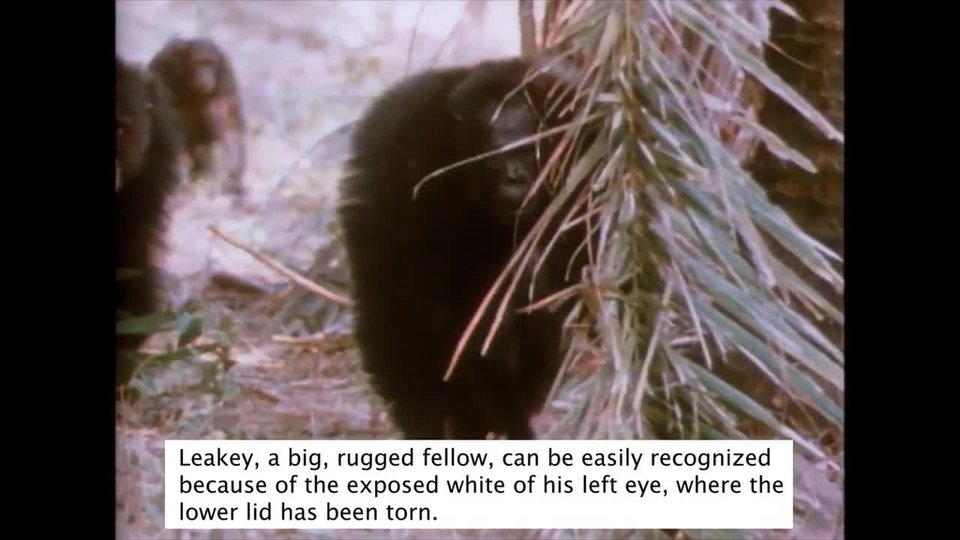So,thereIwasinaremotepartofGreenland,holdingatinybirdcalledalittleaukinmyhand,waitingforittopoop.Nowbeforeyouask,theanswerisno.No,thisisnotwhatIexpectedtobedoingonmyfirstmajorresearch expedition.
a little auk
Ihaditallplannedout.Asamarinebiologist,Iwasgoingtostudywheretheselittleseabirdsweregettingtheirfoodfromtheocean.Ihadputtrackingdevicesonthebirds.Theylooked likeelectronicbackpacks.Theidea wastoretrievethebackpackswhen thebirdscamebackfromtheirfood runs.ThenIcouldalsoretrievethe data,showingmewheretheyhad
flowntowhileoutto sea.
Ihadn’tcountedonthetrackersfallingoffofthebirdsandgettinglost intheocean.But,that’sexactlywhathappened.Ipanicked.Myentireresearchprojectwas ruined!
Or,wasit?Ihadtothinkfast.HowcouldIsalvagethisexpedition?Andthenitcametome:Imaynotbeabletotrackwheretheygottheirfood,butIcouldcertainlyanalyzewhatthebirdshad eaten.
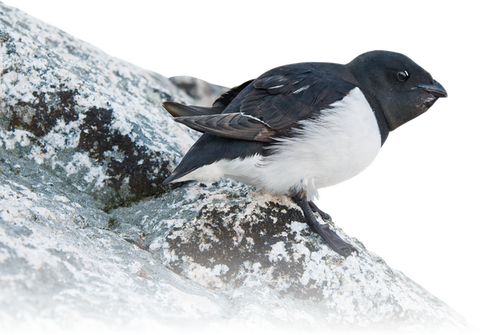
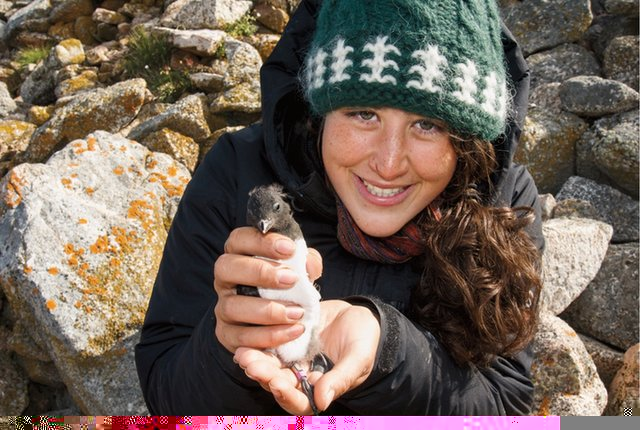
So,asthebirdscamebacktoland,Igentlyheldthemovermynotebookandwaited.Whenabirdpooped,Ihadmysample.Ididthis110timesfor110samples.Who saidscienceisn’t glamorous?
Itookallmygloriouspoopsamplesbacktothelabtoseewhatthebirdshadeaten.Whilewaitingformorefundingtohavemysamplesanalyzed,Icameacrosssometroublingnews.Anotherresearcherhaddiscoveredthatlittleaukparentswerebringingback plastic fortheirchickstoeat.Todiscoverthatplasticpollutionwaspresentinsuchremotewaterswasashock.Itwasaturningpointfor me.
JustineAmmendoliaholdsalittle auk.
CareerChange
Ireturnedhometothinkaboutthesethings. IliveintheprovinceofNewfoundlandandLabradorineasternCanada.NewfoundlandisanislandthatisasfareastinNorthAmericaasyoucanget.The oceanandfishingplayaveryimportantculturalroleforthepeopleontheisland.But,Iknewthatourshoreswerealsopilingupwith plastic.
It’shardtosolveaproblembeforeyou fullyunderstandit.Ihadalotofquestions.Howmuchplasticwasgettingintotheoceans?Wherewasitcomingfrom?Whattypesofplasticswerethey?OnlyafterfiguringthesethingsoutcouldItacklethebiggerquestion:Howcanwestopplasticsfromgetting into oceans?
Imaybeamarinebiologist,buttotackletheplasticpollutionproblem,Ihadtobecomesomethingelse:agarbagedetective.MyresearchpartnersandIdecidedweneeded tocreateaplasticsprofileofNewfoundland’sbeaches.Wewouldaccomplishthisbyrepeatedlysurveyingsevenspecificbeaches
tostudywhatwasthereandwhereitmightbecoming from.
Greenland
Labrador
CANADA
NORTH
AMERICA
PACIFIC
OCEAN
ATLANTIC
OCEAN
Newfoundland
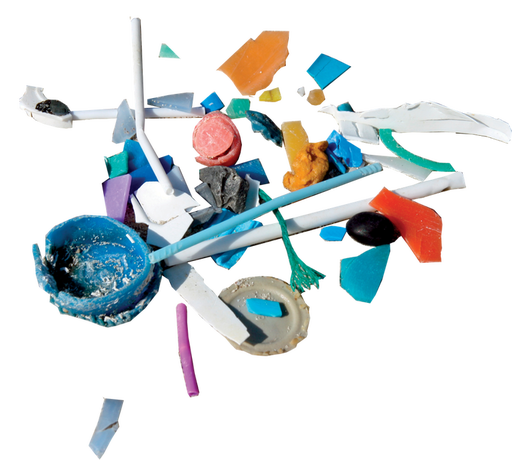

Collectingplastictrashfromthebeachisimportantscienceformyteam’sresearch.Butitisn’tglamorous work!
Here’sanexample:Somebeacheshavealotofplasticfoam—itcancomefromtake‑outcontainersandpackaging.Otherbeacheshavealotoffishinggear,likeropesandnets.Eachbeachis unique.
Onebeachwevisitedwaslitteredwithtrash.Amidapileofoldfood wrappers,Isawa tinyplantgrowing.Howhappyitmademetoseealivingthing,strugglingtogrowpastthemoundsoftrash.UntilIlookedalittle closer.
DetectiveWork
Everymonth,wevisitthesamebeachesandrecordwhattypesofgarbagewefind.Thisisnotexcitingwork.It’sslowandtediousandgrimy.Therecanbestrongwinds.It’softenwet.Okay,it’salmostalwayswet.Itcanevenbeabitdepressingsometimes.ButIcan’tthinkofabetterwaythanthistogetahandleonthe problem.
Whenmostpeoplethinkofplasticspollution,theythinkofwaterbottlesorplasticbags.Wecertainlydofindtrashlikethat.Wefindotherthings,too:metal,glass,rubber,cloth,evenlumber.Overtime,abeachshowsyouitspersonalitythroughthetypesandamountsofplasticthatendup there.
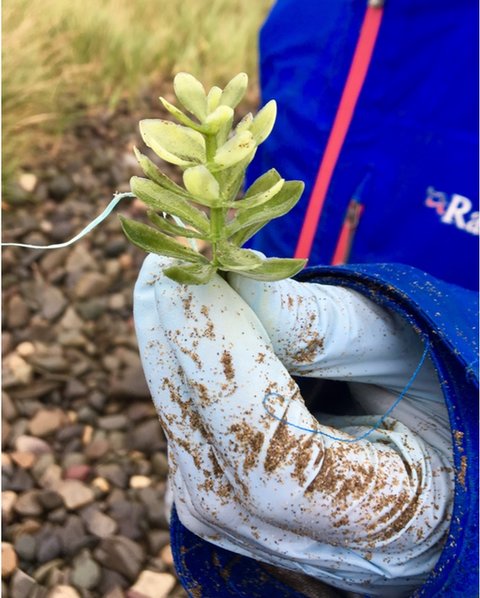
aplastic plant
BitsandPieces
Itturnsout,theplantIwascelebratingwasactuallyapieceofplastic!Itwasoneofthosefakeplantsthatyouputinafishtank.Iwaspretty disappointed.
Mostoftheplasticswefindare tiny.They’recalledmicroplastics.Amicroplastic isnotaspecifickindofplastic,but ratheranypieceofplasticthatisless
thanfivemillimetersinsize.Forus,thesearethehardesttoidentifysincetheyhavelosttheiroriginalshapeandleavefewcluestowheretheycome from.
Thishandfuloftrashismadeupofallsingle‑use plastic.
Yet,throughourwork,wewerebeginningtomakeconnectionsbetweenbigpiecesofgarbageandmicroplastics. Onebeach,forexample,waslitteredwiththin,plasticthreads.Atfirst,wewerereallypuzzled.Wherewerethesethingscoming from?
Thenwefigureditout:Thethreadswerecomingfromfrayedfishingropes!Sometimesropesgetfrayedandburntfromsunexposure.Whenthreadsbreakfreefromrope,theyenduponthebeachesandinthe water.

